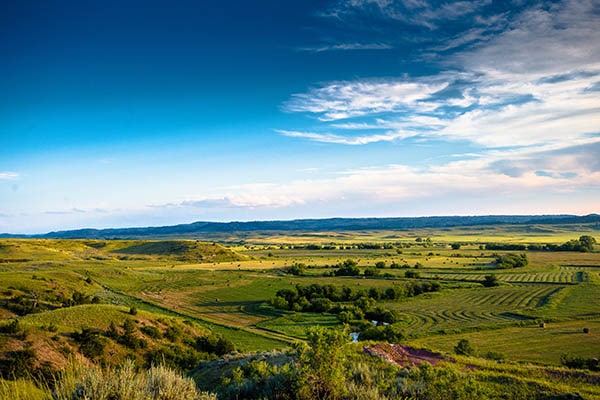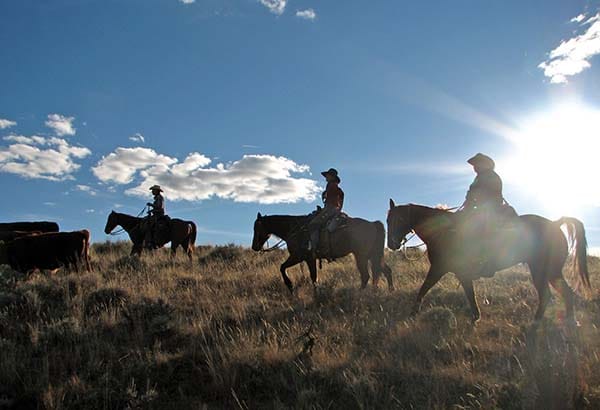
Arch Coal’s announcement last week in regards to suspending its efforts to secure a permit for a mine at Otter Creek is a huge win for the coalition of ranchers, sportsmen, conservationists, tribes and local community members who have fought this project for decades.
While the collaboration between all of these different groups played an important role in defeating this project, what played an even more important role was market forces. As natural gas and new sources of renewable energy become more readily available, the coal markets have declined dramatically. Even though Arch Coal, Inc. still holds the leases and they could change their mind to pursue the project or sell the leases to another company, the longer the coal stays in the ground, the less likely the mining project will happen. The market is driving Montana and the rest of the country away from coal. And while mines that are up to standard will still be mining coal for up to 30 years, new mining sites will not be developed.
Our new job as sportsmen, conservationists and Montanans is to hold the coal companies accountable for the reclamation process of mines that are already developed. Currently, only 10% of the land in the state of Montana that has been mined has been fully reclaimed. Reclamation is critical to restoring the habitat that was lost during the mining process and making sure our water ways are kept clean and pristine. Reclamation will also provide good blue collar jobs for Montanans. It is our duty to hold the mining companies responsible, otherwise they will back out of their obligation to the land and we will be left holding the bill.
John Bradley is the Eastern Field Rep. for Montana Wildlife Federation. You can reach him at jbradley@mtwf.org


